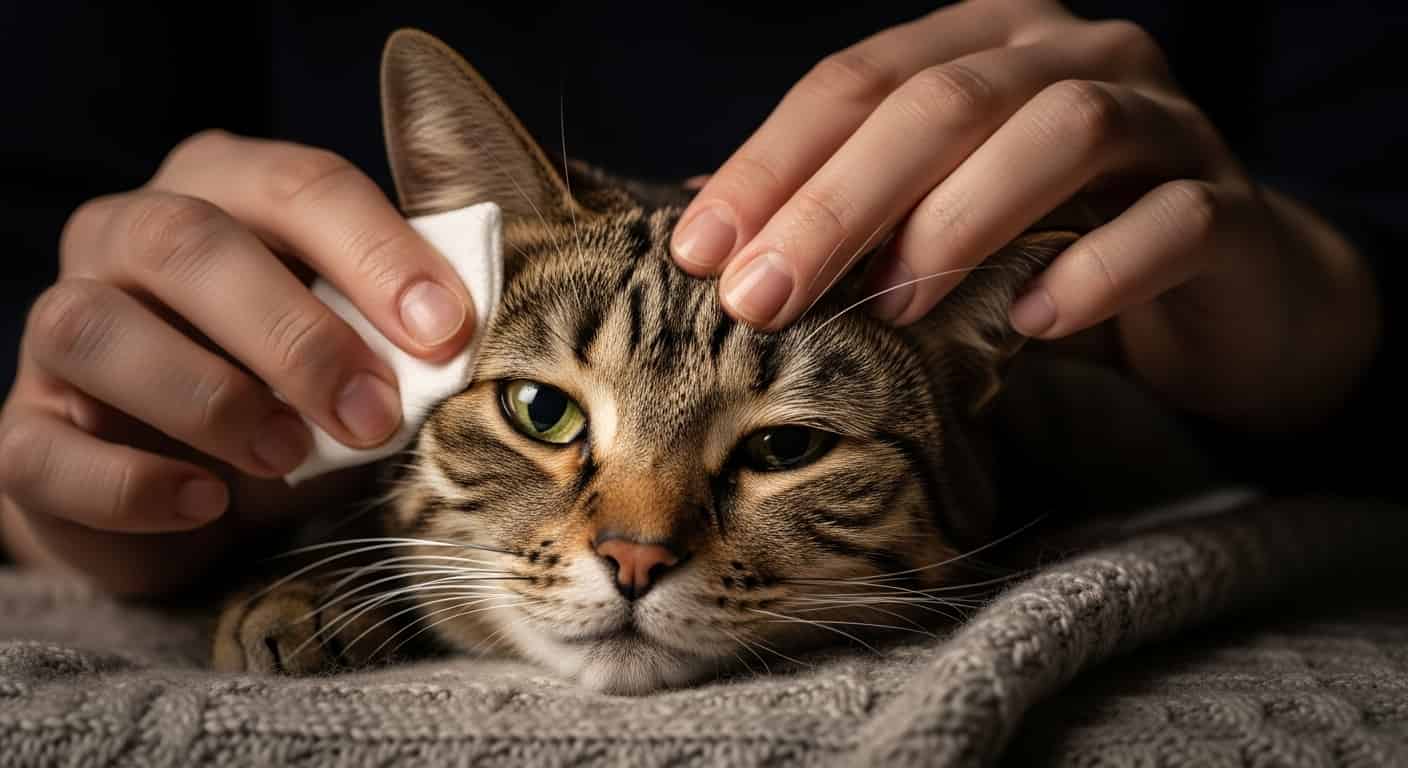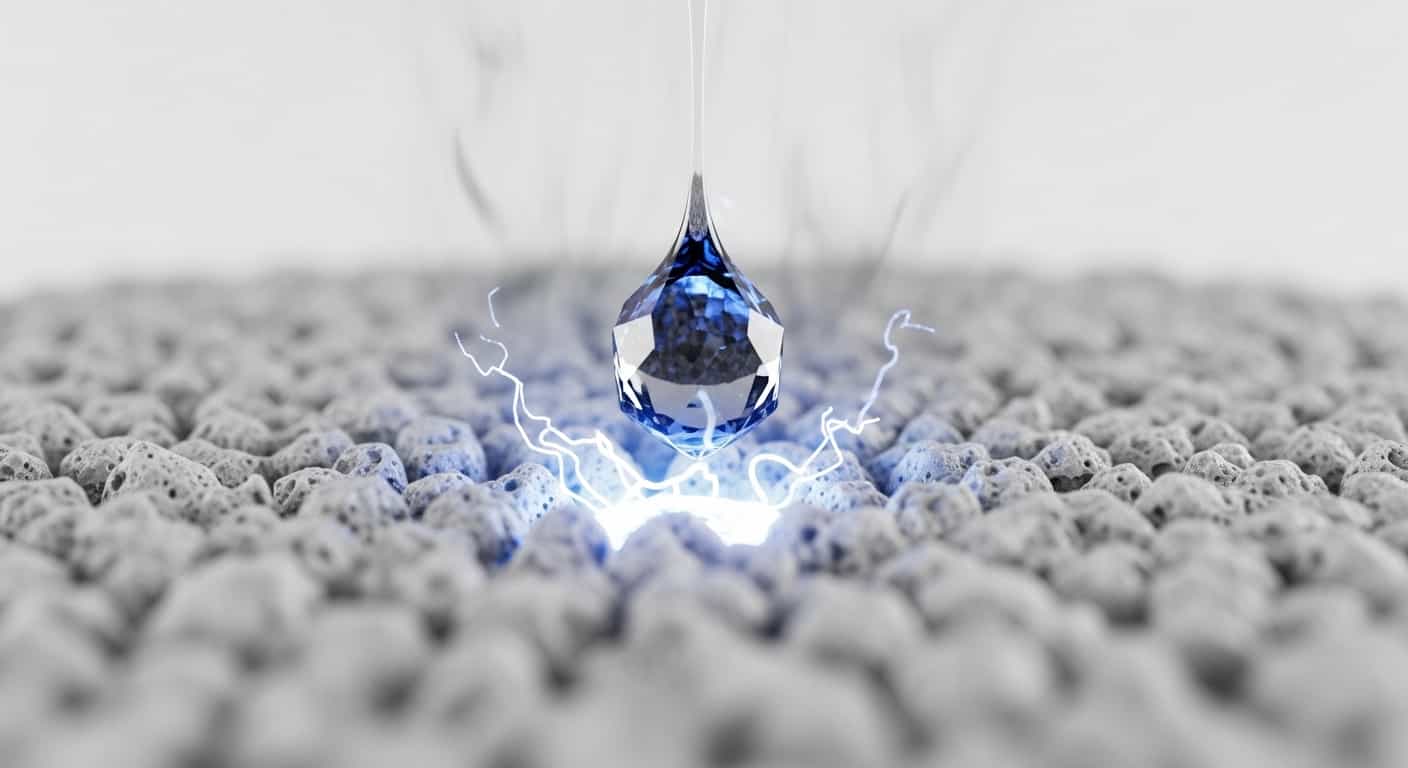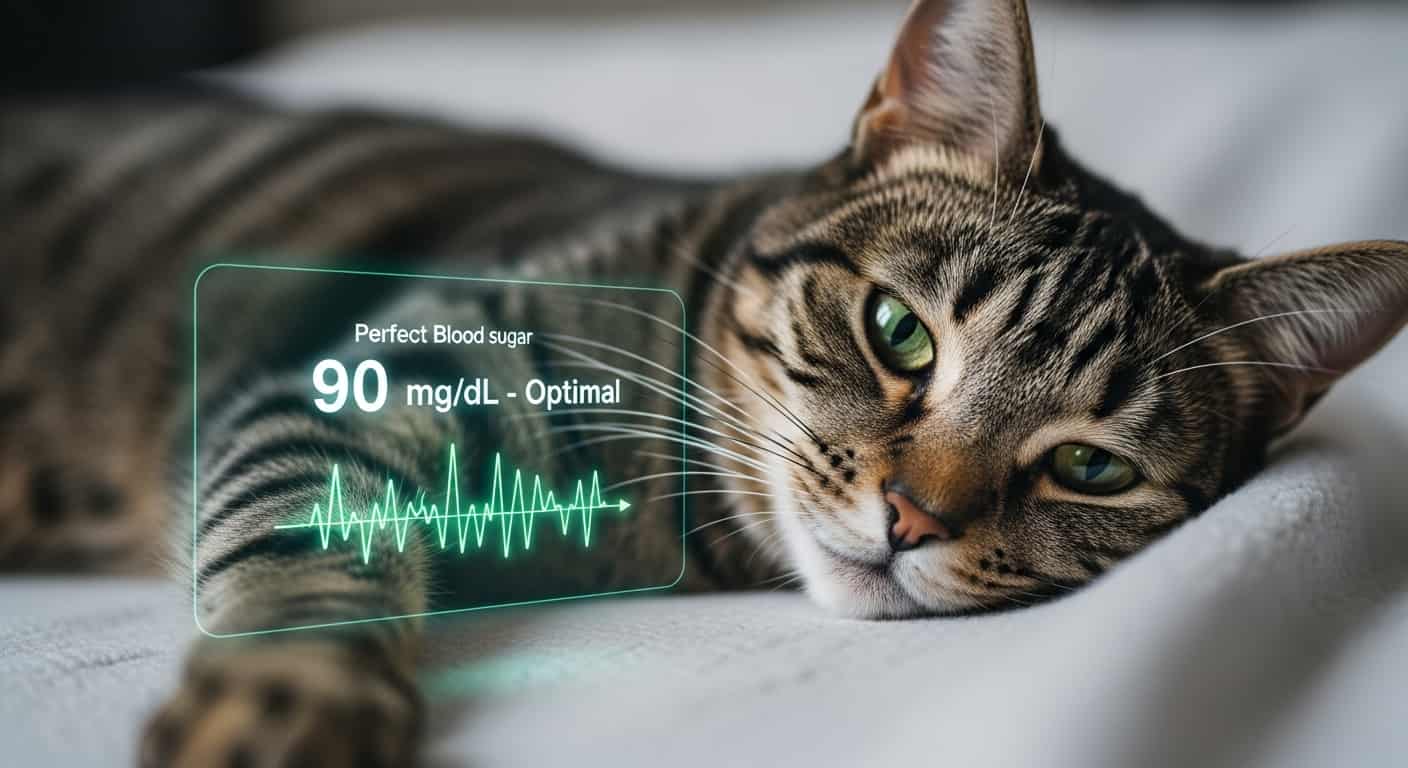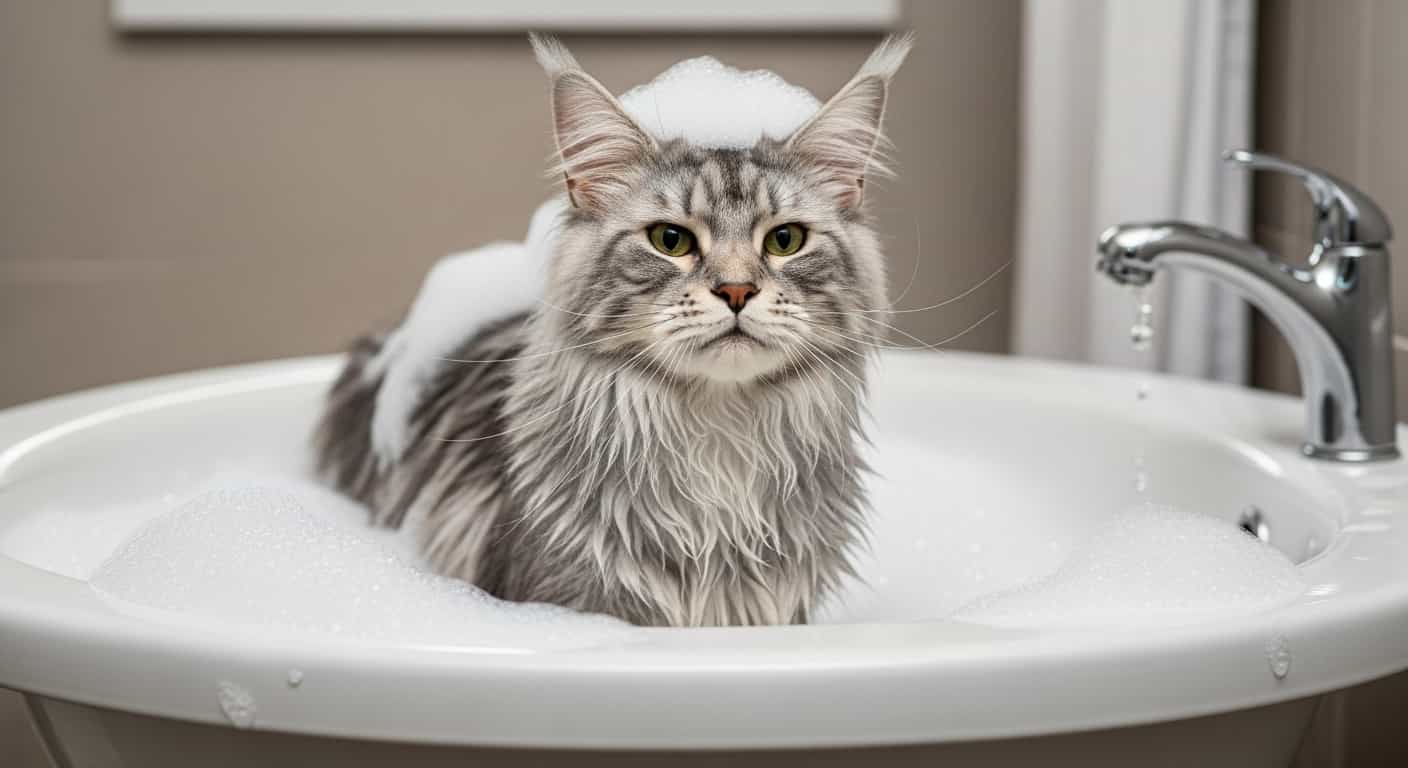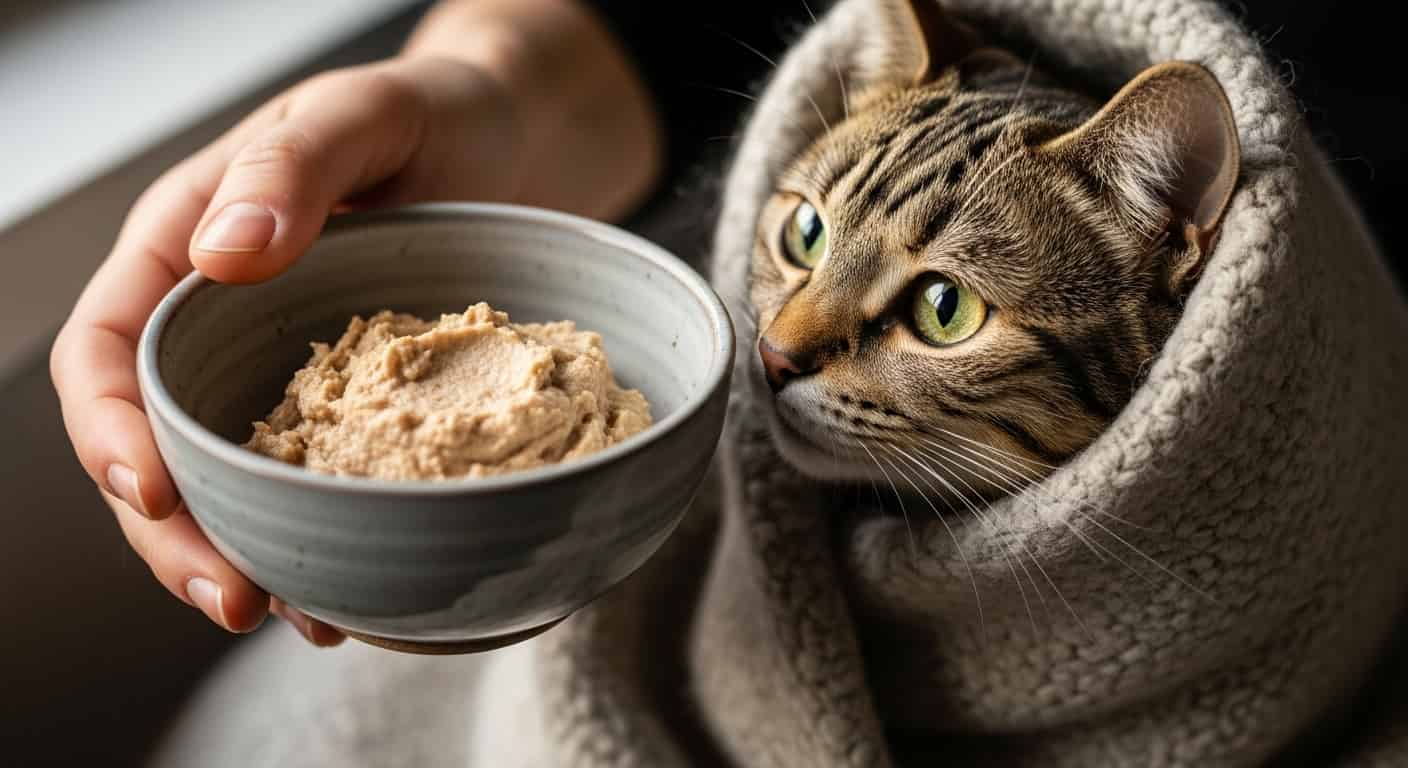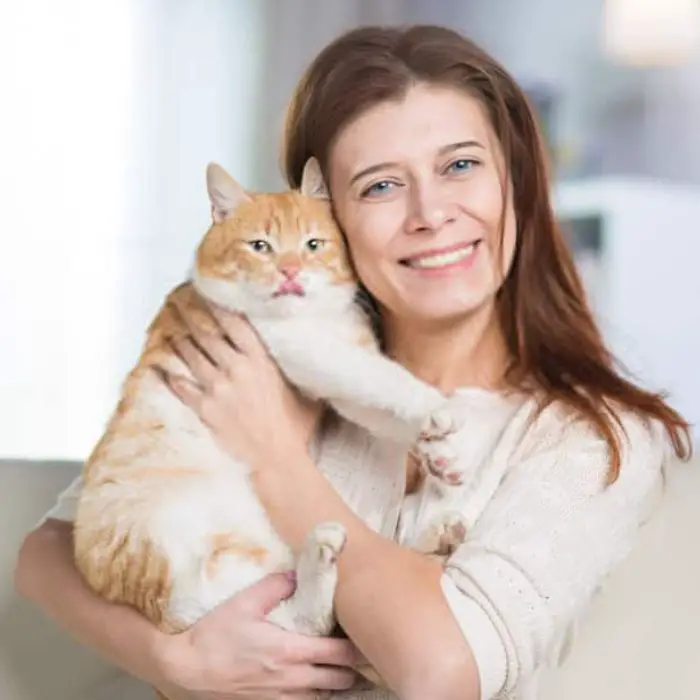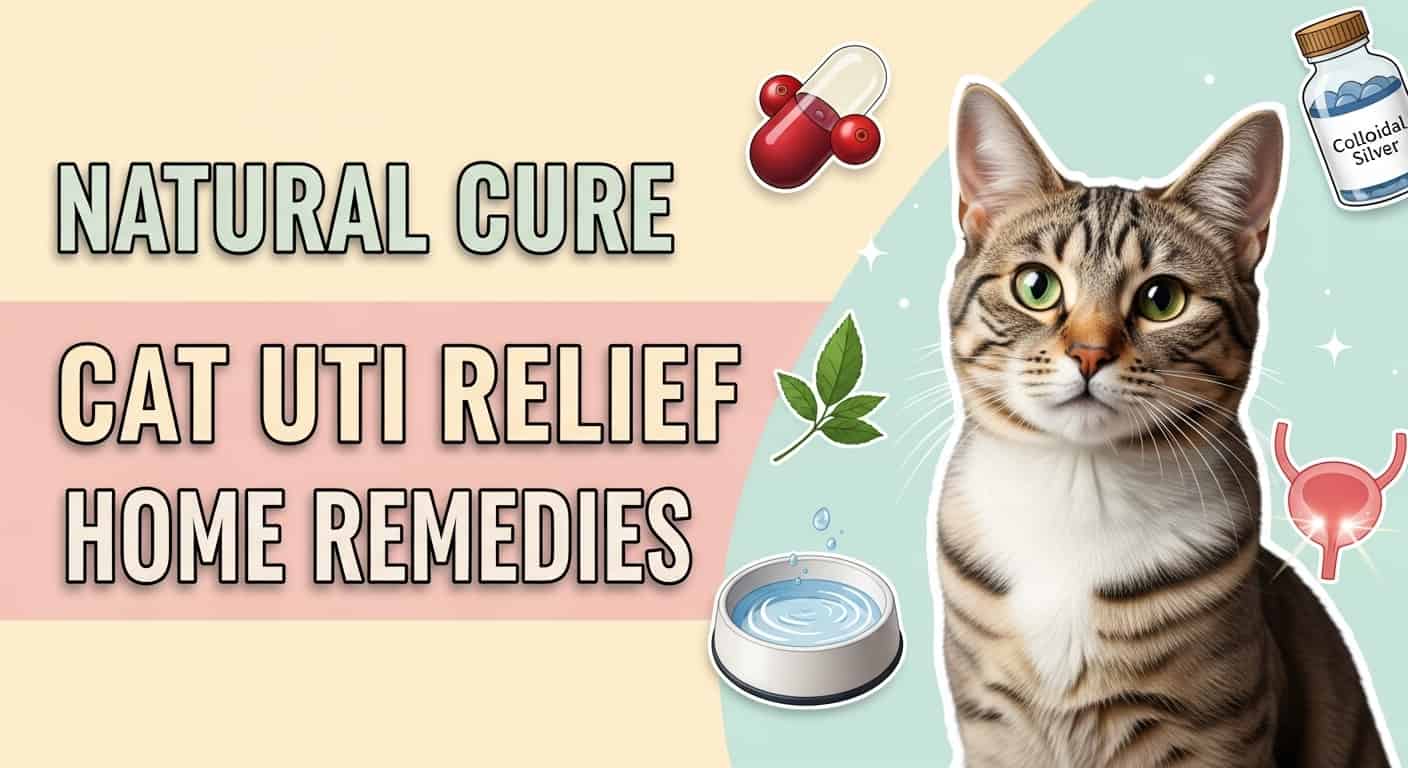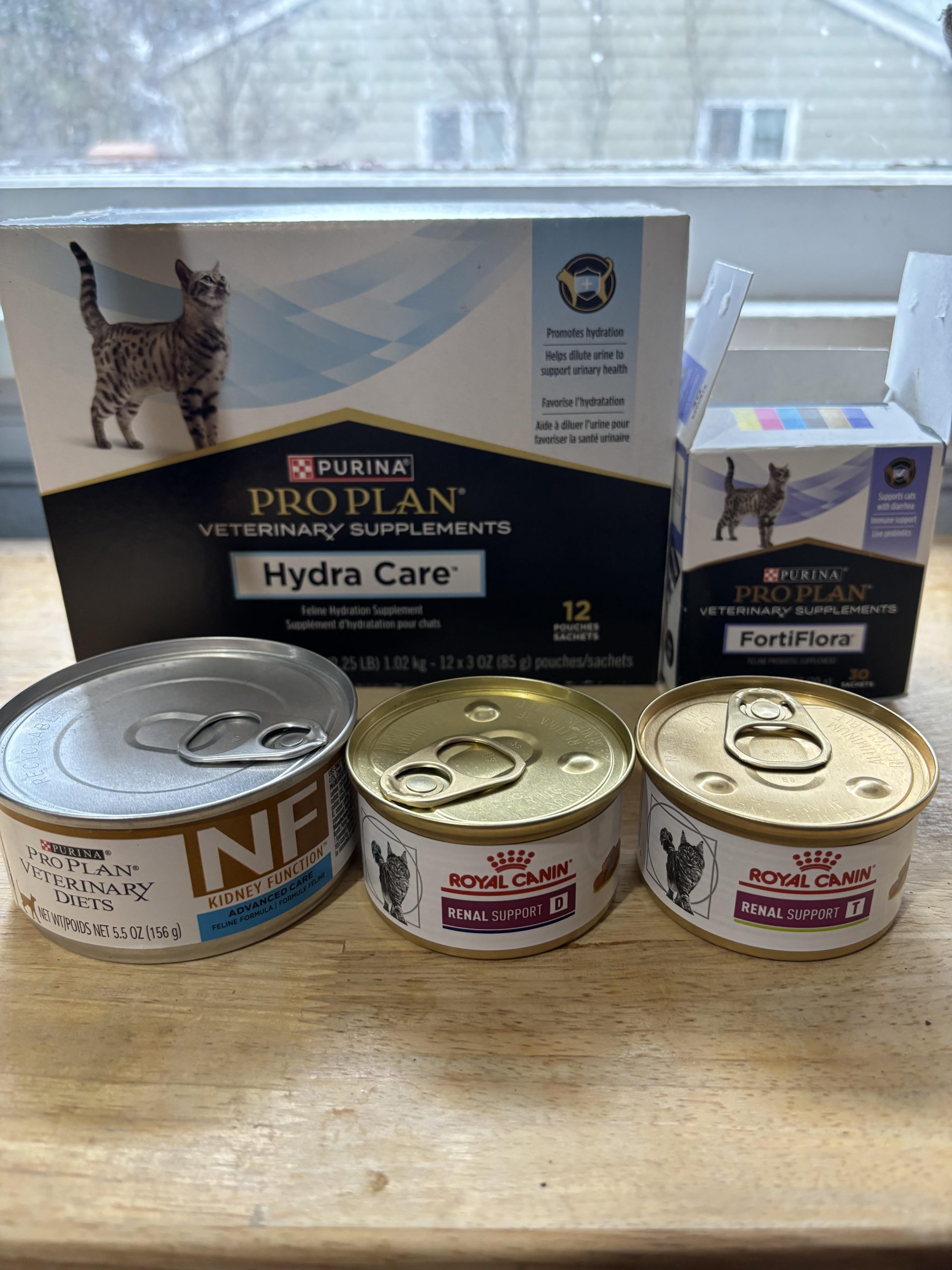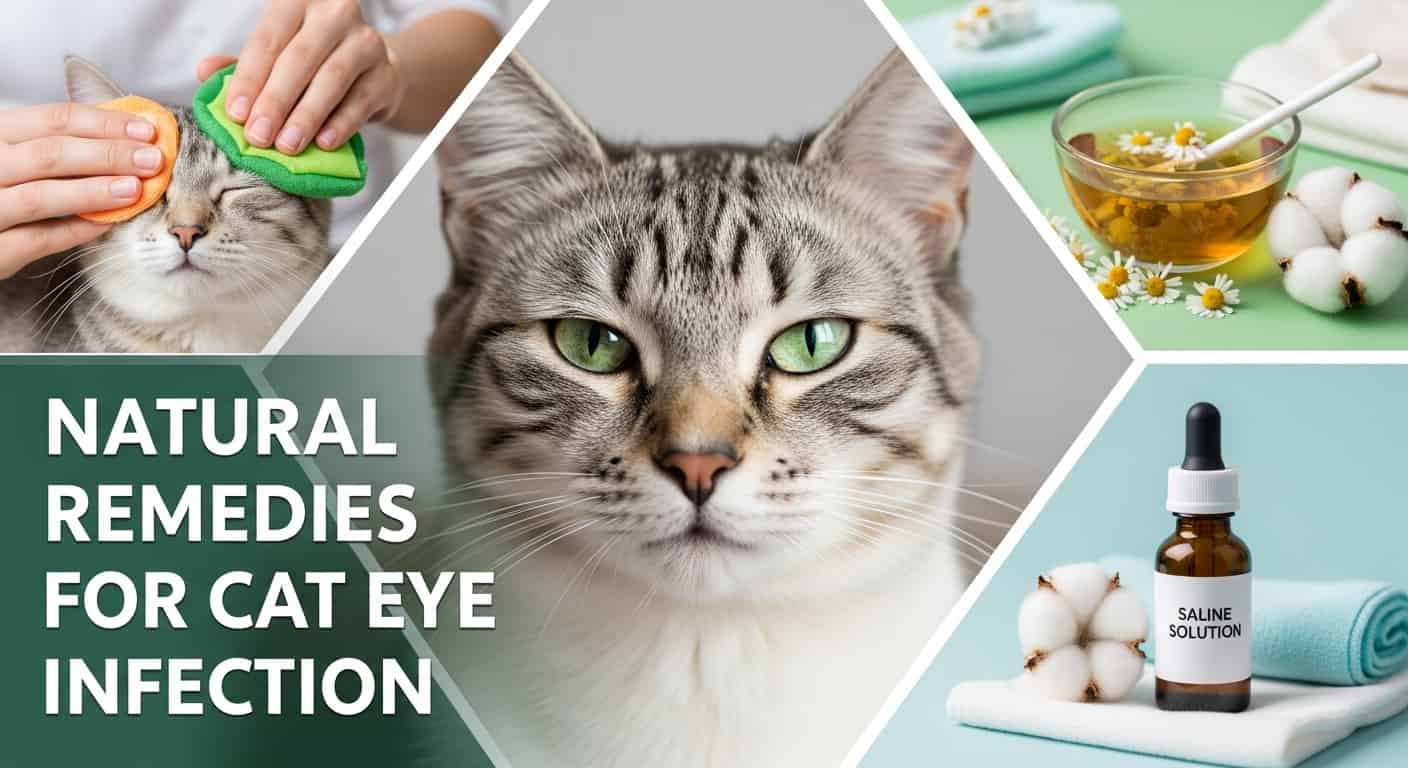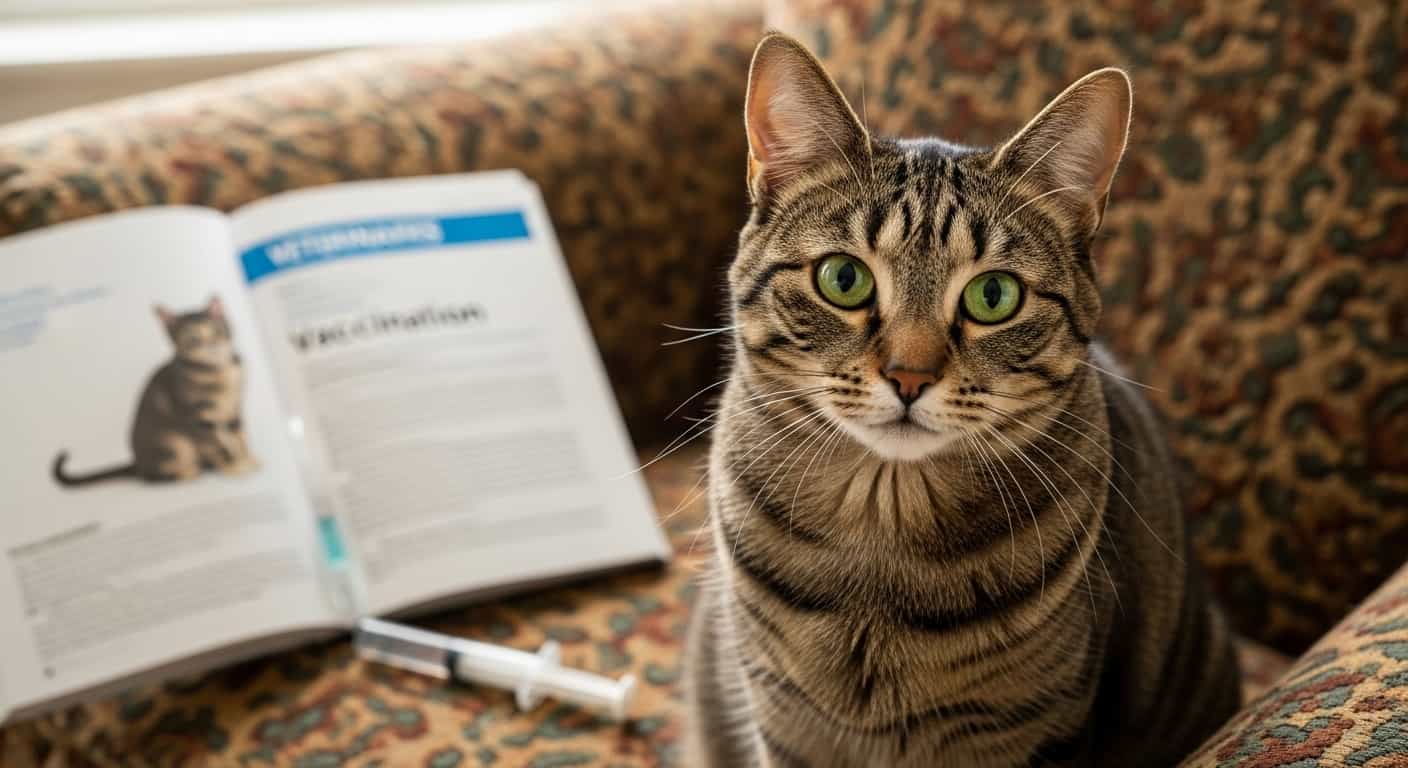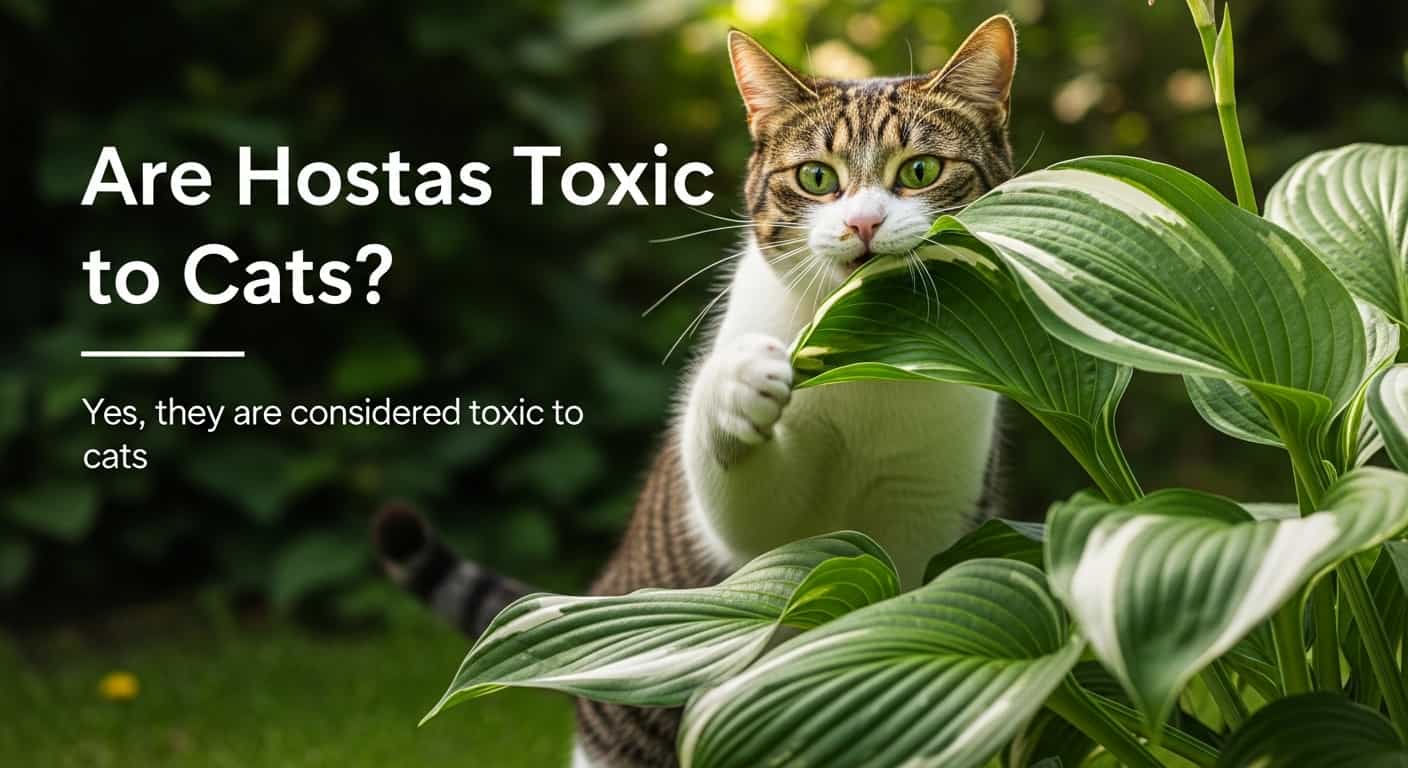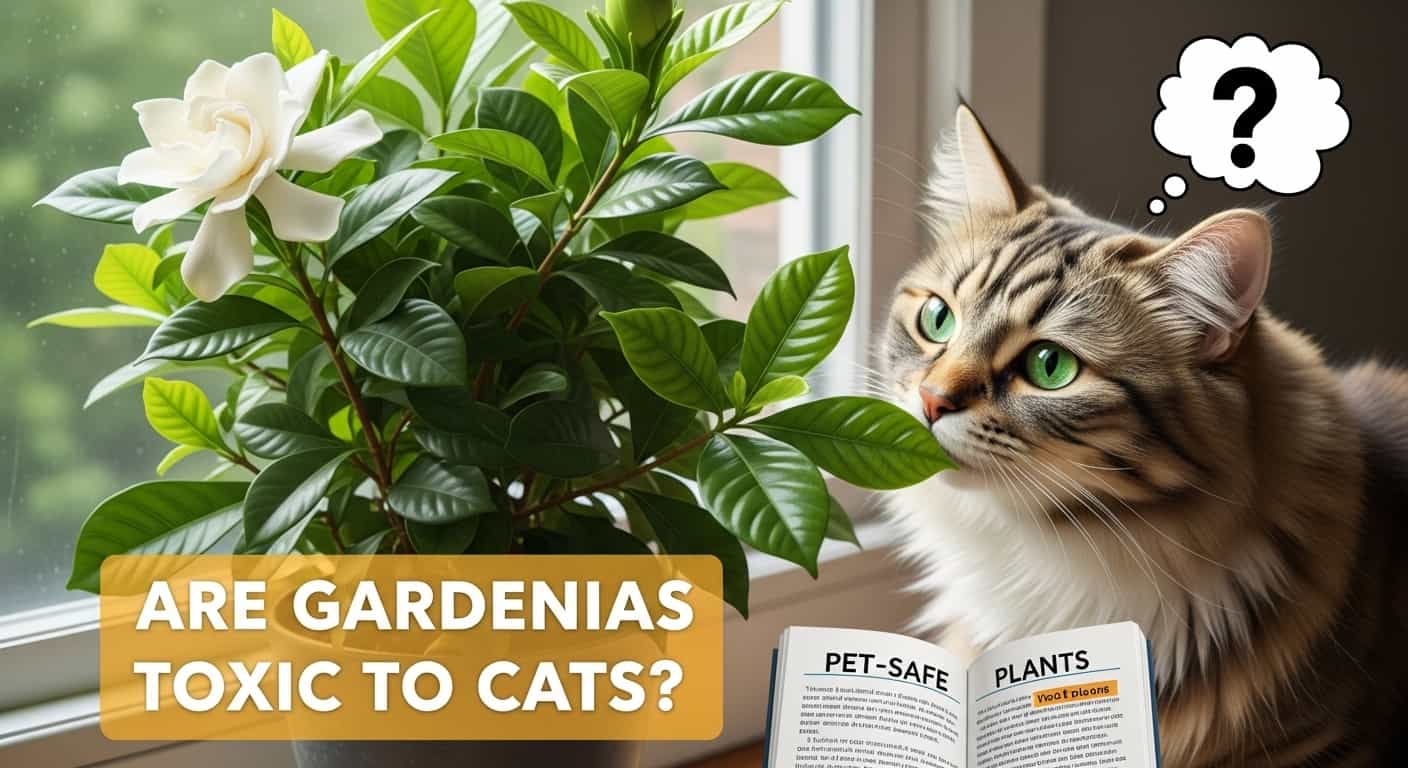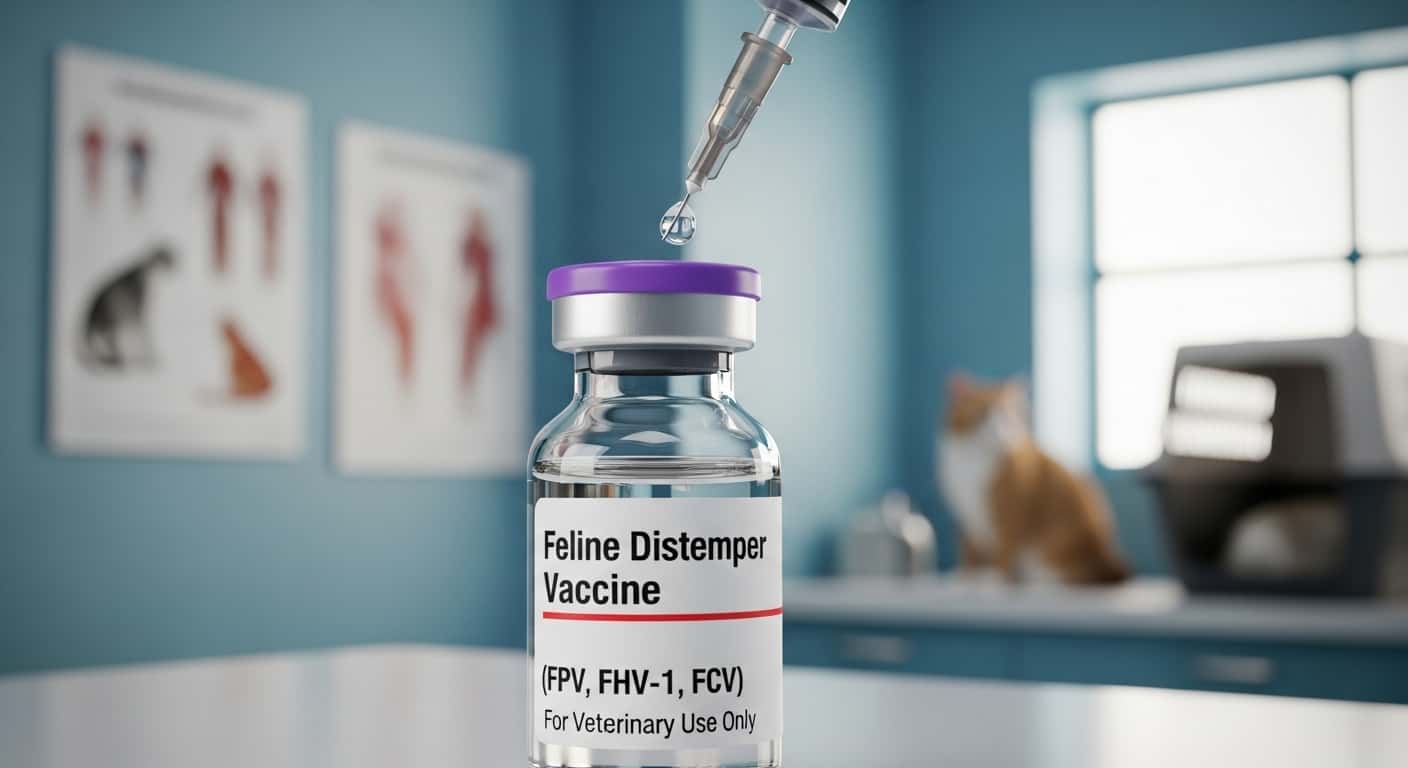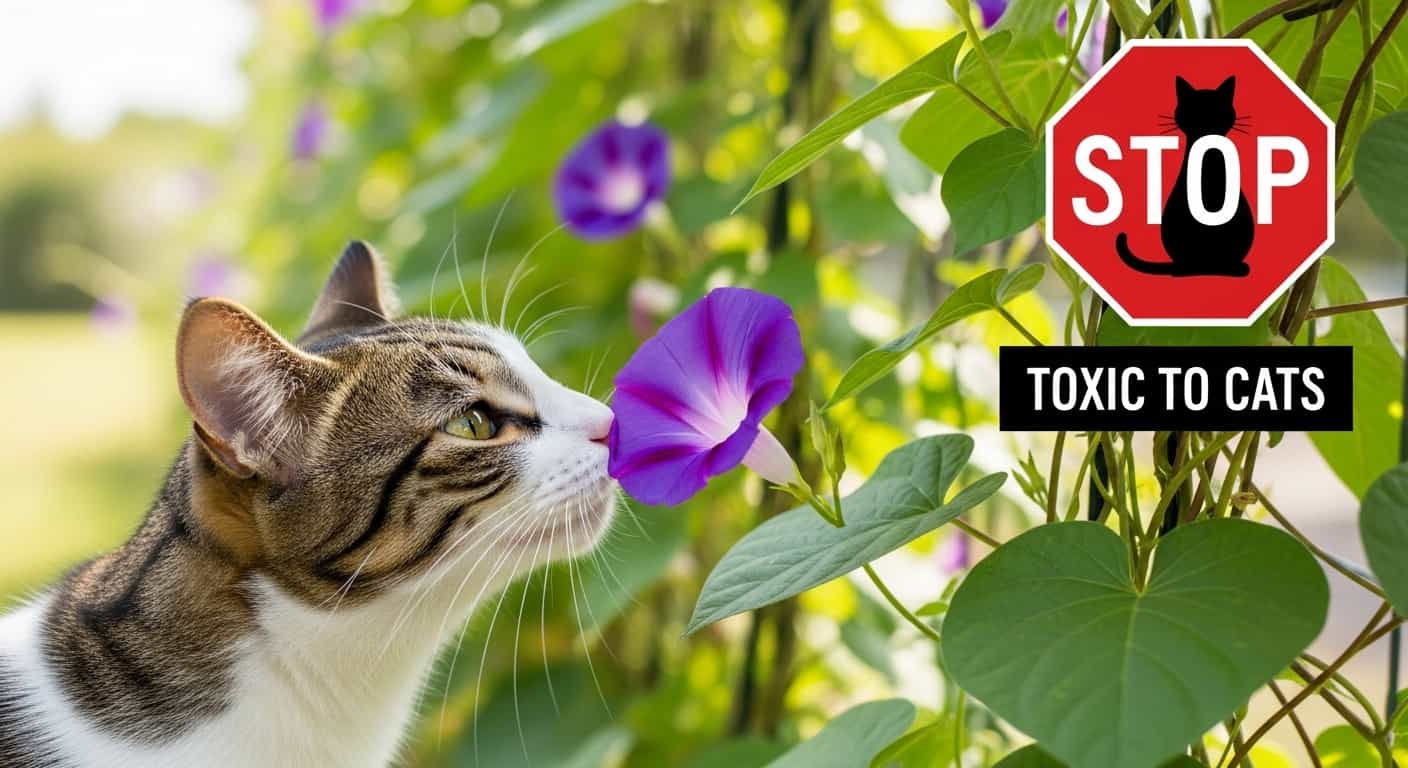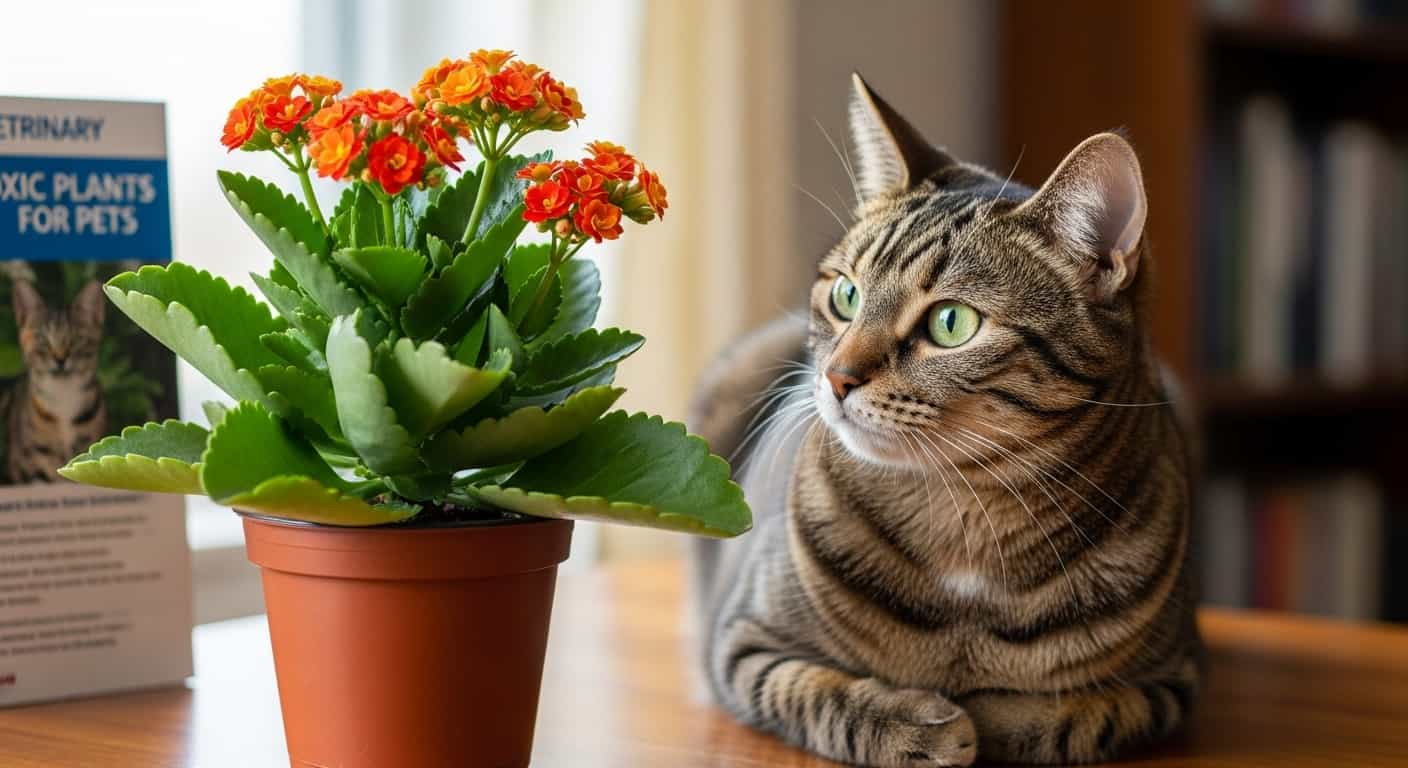If your cat’s eye looks swollen, you’re probably worried and wondering what to do next. A swollen eye can be uncomfortable for your furry friend and stressful for you.
Table of Contents
ToggleBut don’t panic—there are simple, safe ways you can help your cat at home before rushing to the vet. You’ll discover easy and effective home treatments that can ease your cat’s swelling and keep your pet comfortable. Keep reading to learn exactly what steps you can take right now to help your beloved cat feel better fast.
Causes Of Swollen Eyes In Cats
Swollen eyes in cats can signal many health problems. Understanding the causes helps you act quickly. Early care can prevent serious damage or pain.
Swelling may appear in one or both eyes. Watch for redness, discharge, or squinting. These signs point to irritation or injury.
Allergies And Irritants
Allergies often cause swollen eyes in cats. Dust, pollen, or certain foods can trigger reactions. Chemical fumes or strong scents may also irritate the eyes. Cats may rub their eyes, making swelling worse.
Infections And Conjunctivitis
Infections are common causes of eye swelling. Bacterial, viral, or fungal infections lead to conjunctivitis. This condition causes redness, discharge, and swelling. It spreads quickly without proper treatment.
Injuries And Foreign Objects
Injuries cause pain and swelling in cat eyes. Scratches, bites, or trauma from accidents are common. Foreign objects like dust or plant material can lodge in the eye. This causes redness and swelling until removed.
Underlying Health Issues
Some health problems affect eye health. High blood pressure or immune disorders may cause swelling. Tumors or growths near the eye can also be a reason. These need veterinary diagnosis and care.

Credit: www.reddit.com
Symptoms To Watch For
Swollen eyes in cats can signal a problem that needs attention. Knowing the symptoms helps you act quickly. Watch your cat closely for any unusual signs. Early detection can prevent serious issues.
Here's a related post that you might find useful. Natural Cure for Cat Bladder Infection: Effective Remedies That Work
Redness And Discharge
Redness around the eye shows irritation or infection. Look for swelling or puffiness as well. Discharge may appear clear, yellow, or green. This often means bacteria or a virus is present. Clean the eye gently and keep it dry.
Excessive Tearing
Too many tears can cause discomfort for your cat. It may happen because of allergies or eye injury. Tears can also signal blocked tear ducts or infection. Wipe tears with a clean cloth to avoid staining. Monitor if tearing continues for more than a day.
Behavioral Changes
Your cat may act differently when the eye hurts. It might paw or rub the eye often. Some cats hide or avoid bright light. Less eating or sleeping more can also show pain. These changes mean your cat needs help.
Vision Problems
Swelling can affect your cat’s sight. Notice if it bumps into objects or moves slowly. Squinting or blinking frequently may mean blurry vision. Watch for hesitation when jumping or walking. Vision issues need prompt care to avoid damage.
Home Remedies For Swollen Cat Eyes
Swollen eyes in cats can be uncomfortable and worrying. Home remedies help soothe irritation and reduce swelling safely. These simple steps ease your cat’s pain and support healing.
Try gentle care to avoid making the problem worse. Use clean hands and soft materials. Patience and consistency bring good results.
Warm Compress Application
Apply a warm compress to the swollen eye for a few minutes. Use a soft cloth soaked in warm water, not hot. Hold it gently on the eye to reduce swelling and ease discomfort. Repeat this two to three times daily for best results.
Saline Solution Rinse
Use a saline solution to rinse your cat’s eye. This removes dirt and helps clear infection. Use a clean dropper or a soft cloth soaked in saline. Gently wipe around the eye, avoiding harsh rubbing. Rinse once or twice a day to keep the area clean.
Here's a related post that you might find useful. VET WARNING: WORST Cat Foods for Kidney Disease! STOP Feeding This Now
Chamomile Tea Soothes
Chamomile tea has natural calming properties. Brew a chamomile tea bag and let it cool completely. Use the tea bag as a warm compress on the eye. This soothes irritation and reduces swelling. Make sure the tea bag is not too hot before use.
Keeping The Eye Area Clean
Regularly clean the area around your cat’s eye. Use a soft, damp cloth to wipe away discharge or dirt. Keep fur trimmed if it irritates the eye. Cleanliness prevents infection and helps the eye heal faster. Always use gentle motions to avoid pain.

Credit: beyondpets.com
When To Contact A Vet
Knowing when to contact a vet is key for your cat’s swollen eye treatment. Some signs show that home care is not enough. Acting quickly can prevent serious problems. Watch your cat closely and learn these warning signs.
Persistent Swelling
Swelling that does not reduce in a few days needs a vet’s check. It may mean infection or injury that requires medicine. Do not wait too long. Persistent swelling can cause more damage.
Severe Pain Or Discomfort
If your cat shows strong pain or keeps pawing the eye, see a vet. Severe discomfort can mean a deep injury or infection. Pain that stops your cat from resting is serious.
Changes In Appetite Or Energy
Loss of appetite or low energy can signal a bigger health issue. Your cat may feel sick beyond the eye problem. These changes need a vet’s attention to find the cause.
Signs Of Systemic Illness
Look for symptoms like fever, sneezing, or discharge from other areas. These signs may mean illness affecting the whole body. Such conditions need prompt veterinary care.
Preventing Eye Swelling In Cats
Preventing eye swelling in cats starts with daily care and attention. Small efforts help keep your cat’s eyes healthy. Watch for signs of irritation or redness. Early care reduces the risk of serious problems.
Regular Grooming
Keep your cat’s fur clean around the eyes. Dirt and hair can cause irritation. Use a soft, damp cloth to wipe the eyes gently. Brushing your cat often helps remove loose hair. This prevents it from getting into the eyes.
Safe Environment Practices
Remove sharp or dusty objects from your cat’s space. These can hurt your cat’s eyes. Avoid strong chemicals and sprays near your pet. Make sure your cat’s bedding is clean and free of allergens. A safe, clean area lowers the chance of eye problems.
Proper Nutrition
Feed your cat a balanced diet rich in vitamins. Vitamins A and E help maintain good eye health. Fresh water is important to keep your cat hydrated. Healthy food supports the immune system. A strong immune system helps prevent infections.
Routine Vet Checkups
Schedule regular vet visits to monitor eye health. Early detection of issues makes treatment easier. Your vet can spot infections or allergies quickly. Follow the vet’s advice for eye care. Regular checkups keep your cat’s eyes clear and healthy.
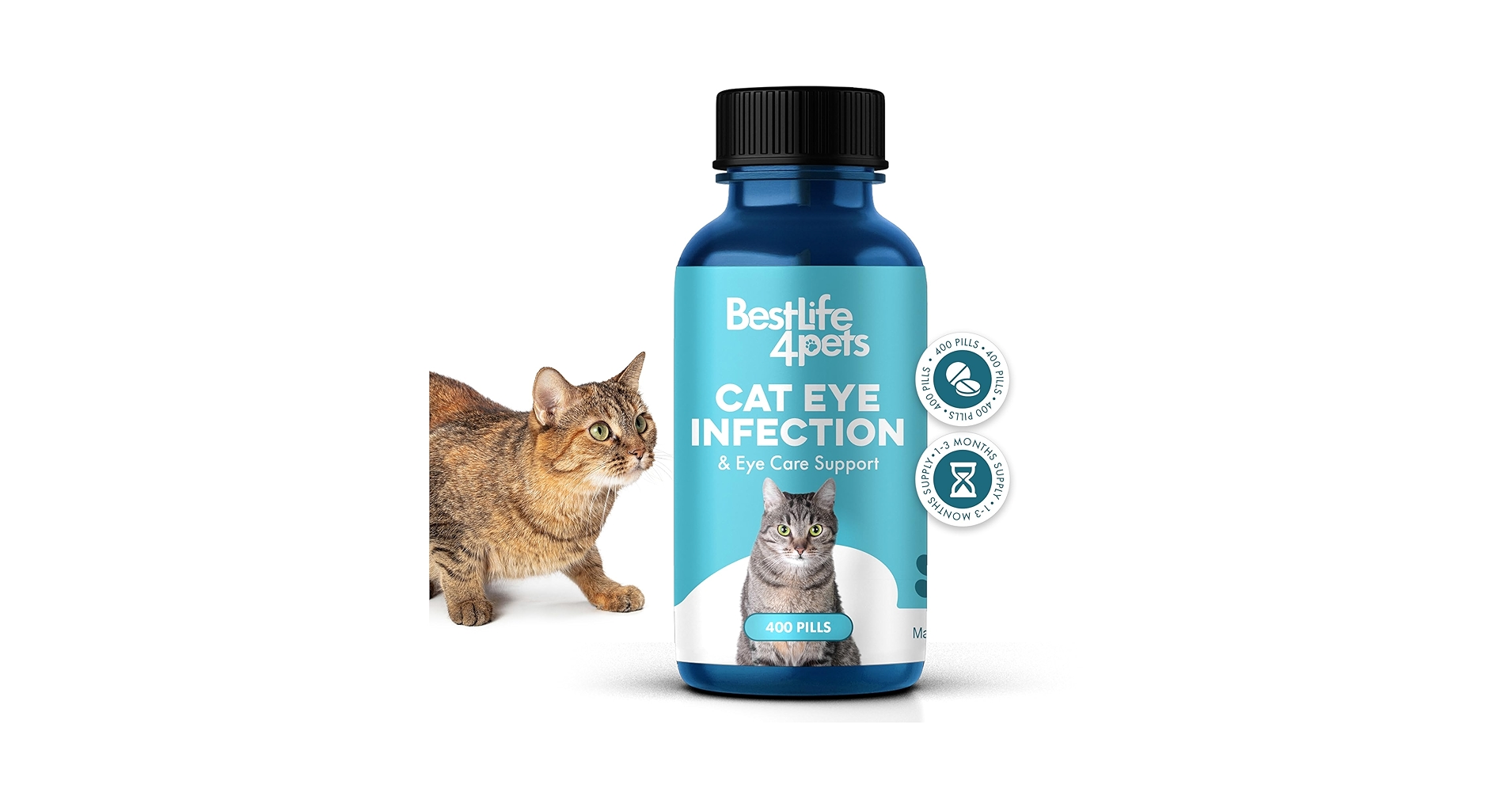
Credit: www.amazon.com
Frequently Asked Questions
What Causes A Cat’s Eye To Become Swollen?
A cat’s eye can swell due to allergies, infections, injuries, or foreign objects. Early identification helps prevent serious issues. If swelling persists, consult a veterinarian promptly for proper diagnosis and treatment.
How Can I Safely Treat My Cat’s Swollen Eye At Home?
Clean the eye gently with a warm, damp cloth. Avoid using human medications. Apply prescribed eye drops if recommended by a vet. Monitor your cat closely for worsening symptoms or discharge.
When Should I See A Vet For A Swollen Cat Eye?
Visit a vet if swelling worsens, lasts more than 24 hours, or if your cat shows pain or vision problems. Prompt veterinary care is crucial to avoid complications like infections or permanent eye damage.
Can Home Remedies Reduce My Cat’s Eye Swelling?
Home remedies like warm compresses can soothe mild swelling. However, avoid using any medication without vet approval. Proper hygiene and avoiding irritants help speed recovery. Always monitor for signs needing professional care.
Conclusion
Treating your cat’s swollen eye at home needs care and patience. Clean the eye gently with a warm, damp cloth. Use any vet-recommended eye drops as directed. Watch for signs like redness or discharge that get worse. Rest and a calm space help your cat heal faster.
Always contact a vet if the swelling stays or your cat seems in pain. Early care makes a big difference in recovery. Keep your cat comfortable and check often. Small steps at home can support their health well.

